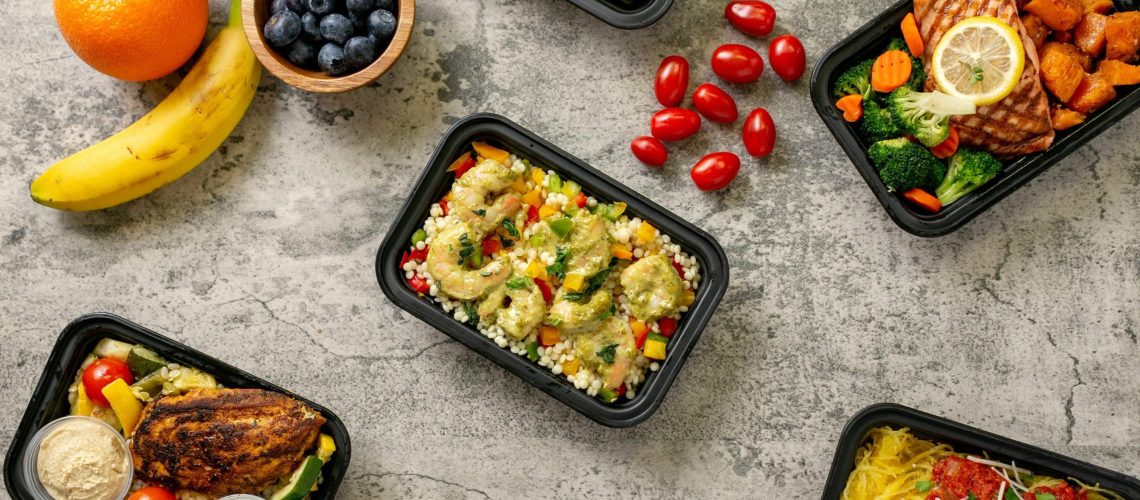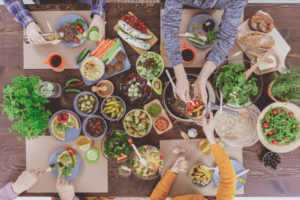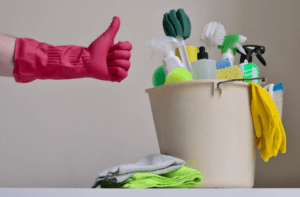Over the past few years, more and more restaurants have been establishing food delivery services to help increase business. When more traditional ways of operating are limited, creativity is essential! Safety is at the forefront of everyone’s mind. Create a delivery system that keeps both employees and customers safe! But this can be overwhelming. We want to help you out in developing a set of delivery guidelines that work for you. So, we’ve been collecting some tips and tricks that other restaurants are finding most helpful when developing their own system. You’ll be establishing your own safe restaurant delivery plan that works for your restaurant’s unique needs in no time.
How to Develop a Safe Restaurant Delivery Plan
Our guidelines assume that your plan is to use your own staff as delivery drivers. You might instead, or even in addition, choose to use a third-party delivery service to serve your customers. We won’t be offering tips for this option in today’s post. You don’t have control over the safety guidelines that these drivers are required to follow. The rules are established by the service that these drivers operate under.
Guidelines for Your Restaurant Delivery Service
Developing a safe restaurant delivery plan starts with a great set of guidelines. These should be straightforward and easily communicable. Here are some of the guidelines that we’ve seen be successful. Remember that you can adapt or change guidelines to fit your restaurant’s needs, the local environment, or government guidelines.
- Masks: We’re all familiar with masks by now, but how do masks fit into your delivery guidelines? You’ll most likely want to require your delivery drivers to wear masks when they’re handing food orders to guests. You’ll probably also want to require your delivery drivers to wear masks while they’re in the delivery vehicle to further lessen contact.
- Gloves: Gloves are another piece of personal protective equipment that you may want to consider. You can require disposable plastic gloves to be used when drivers are in contact with food packages while they’re delivering them to customers.
- Packaging of Food Deliveries: While this isn’t a direct responsibility of delivery drivers, packaging is something that your kitchen staff needs to be trained on. See how you can repurpose existing food packaging materials to be used for your food delivery services. Sealed containers that include sticker seals so customers feel reassured are a great option. Place all food containers in a large paper or plastic bag to increase temperature retention and decrease contact from the delivery staff.
- No- or Low-Contact Delivery: Consider how exactly you want customers to receive their food delivery. Do you want delivery drivers to directly hand packages to customers, or to leave them on the porch or outside the door?
Train Your Delivery Drivers
If your restaurant is new to having a delivery service, that also most likely means that your delivery drivers are new to their job, too. Maybe they’re former waiters or other in-house staff. Even if they do have experience delivering food, they haven’t ever operated under the safety standards that are necessary to follow today. So make sure that you’re communicating guidelines. Moreover, ensure that all your staff knows how to follow them.
Communicate Guidelines to Guests
The last important piece of establishing safe restaurant delivery guidelines is to make sure that your customers are aware that their needs are being taken into consideration. Being transparent about your guidelines will help establish trust in your business.
We hope that these guidelines are helpful to you as you’re working to develop a restaurant delivery system that works for you, your staff, and your customers. Best of luck!








